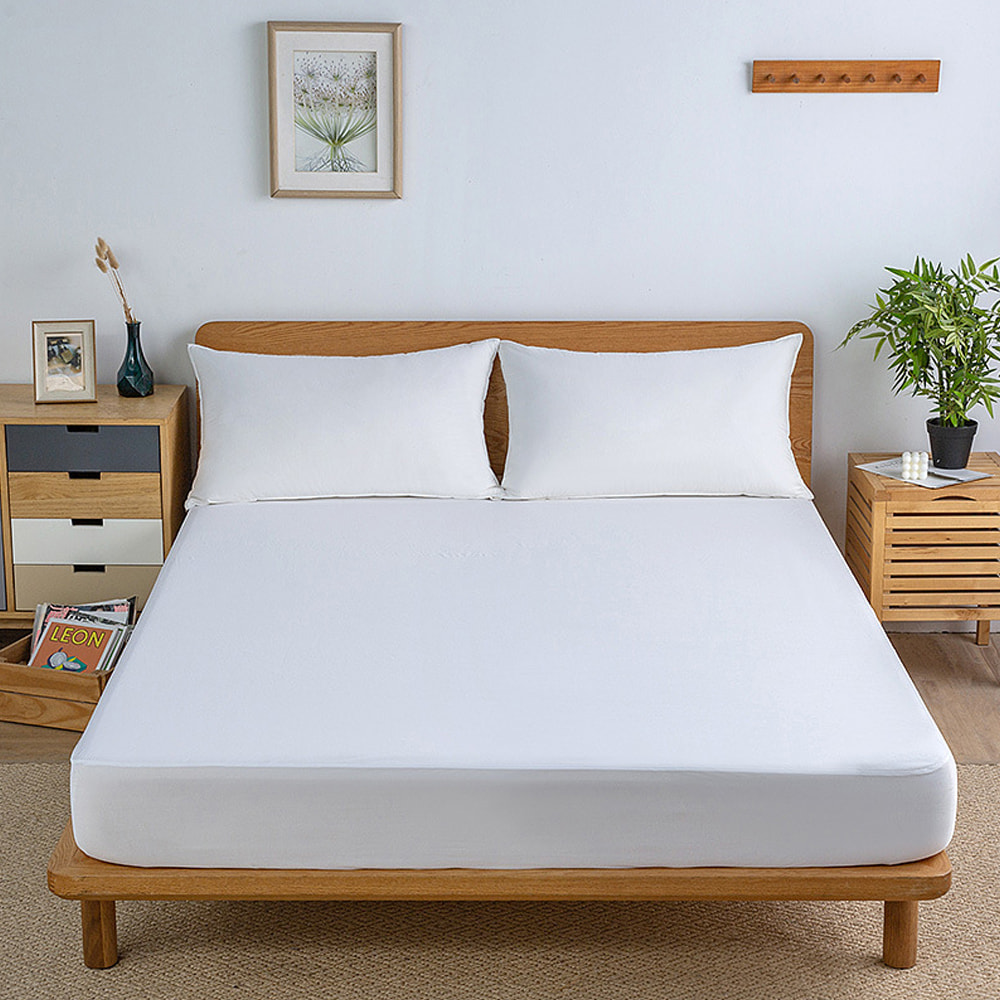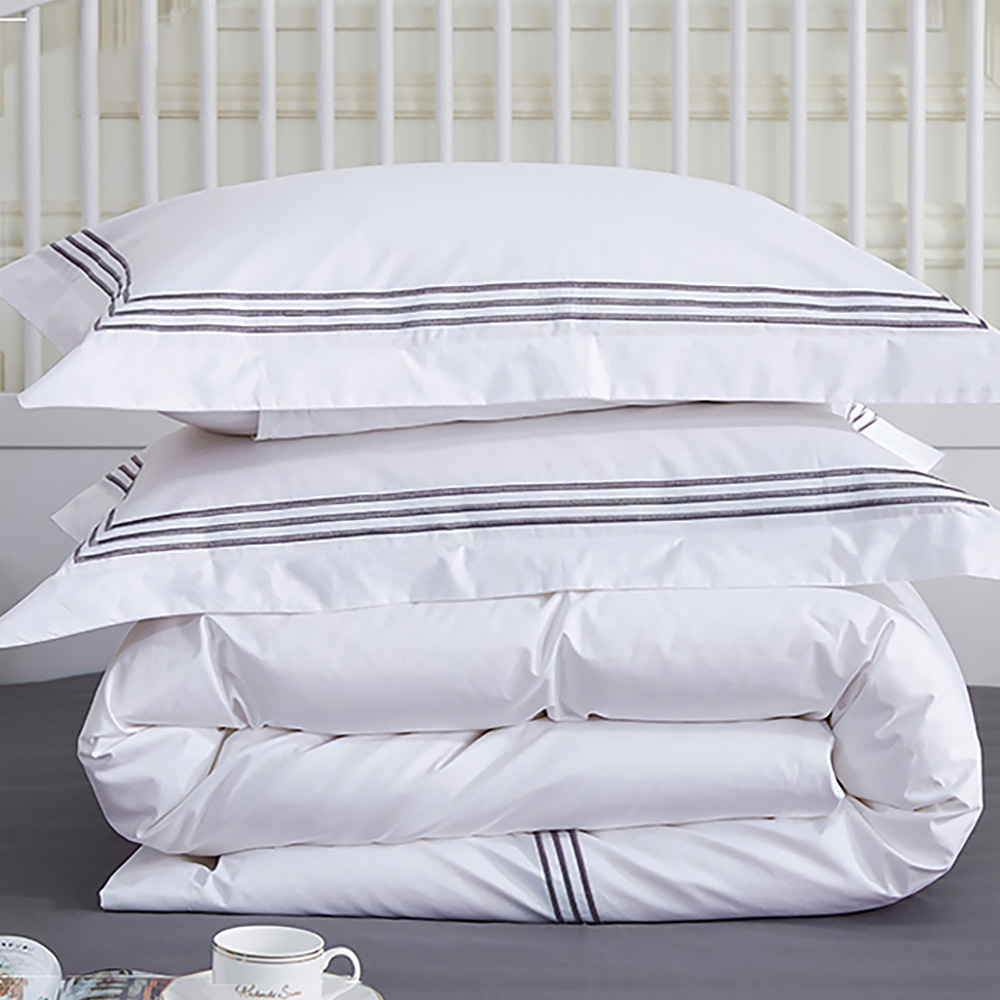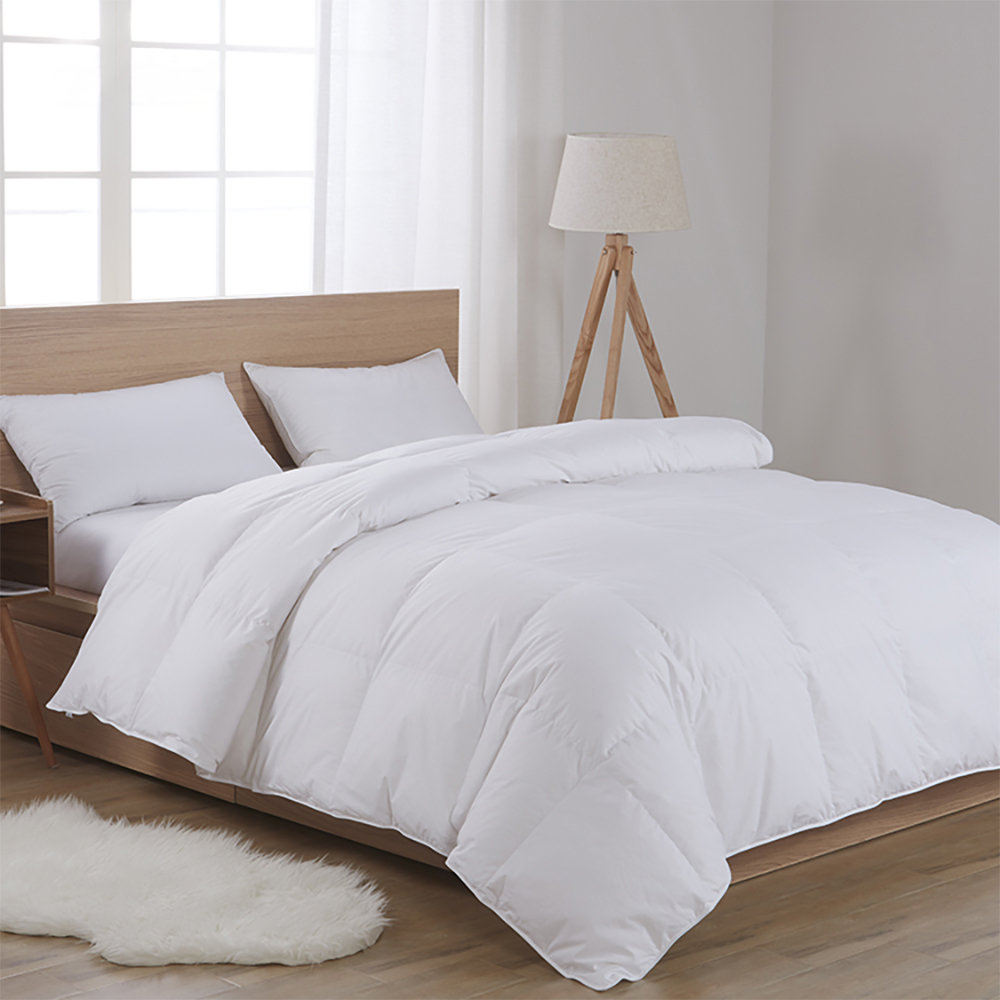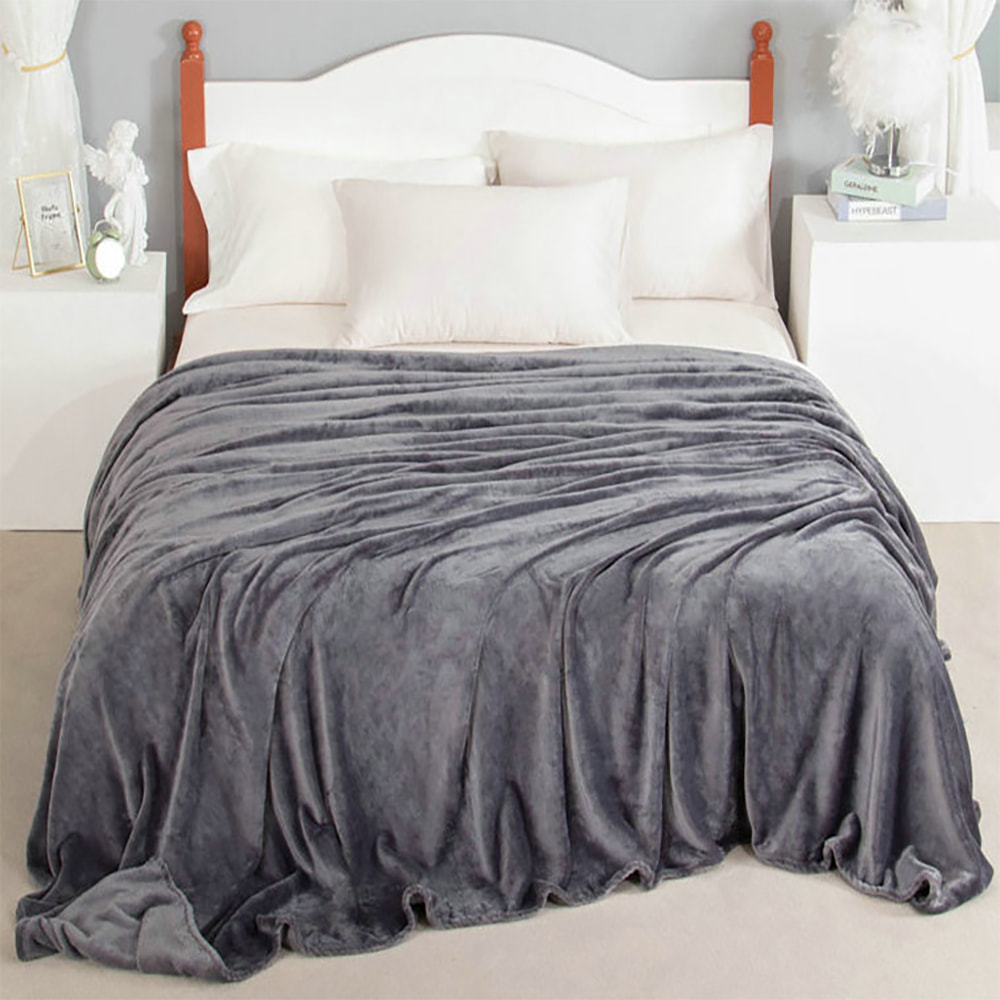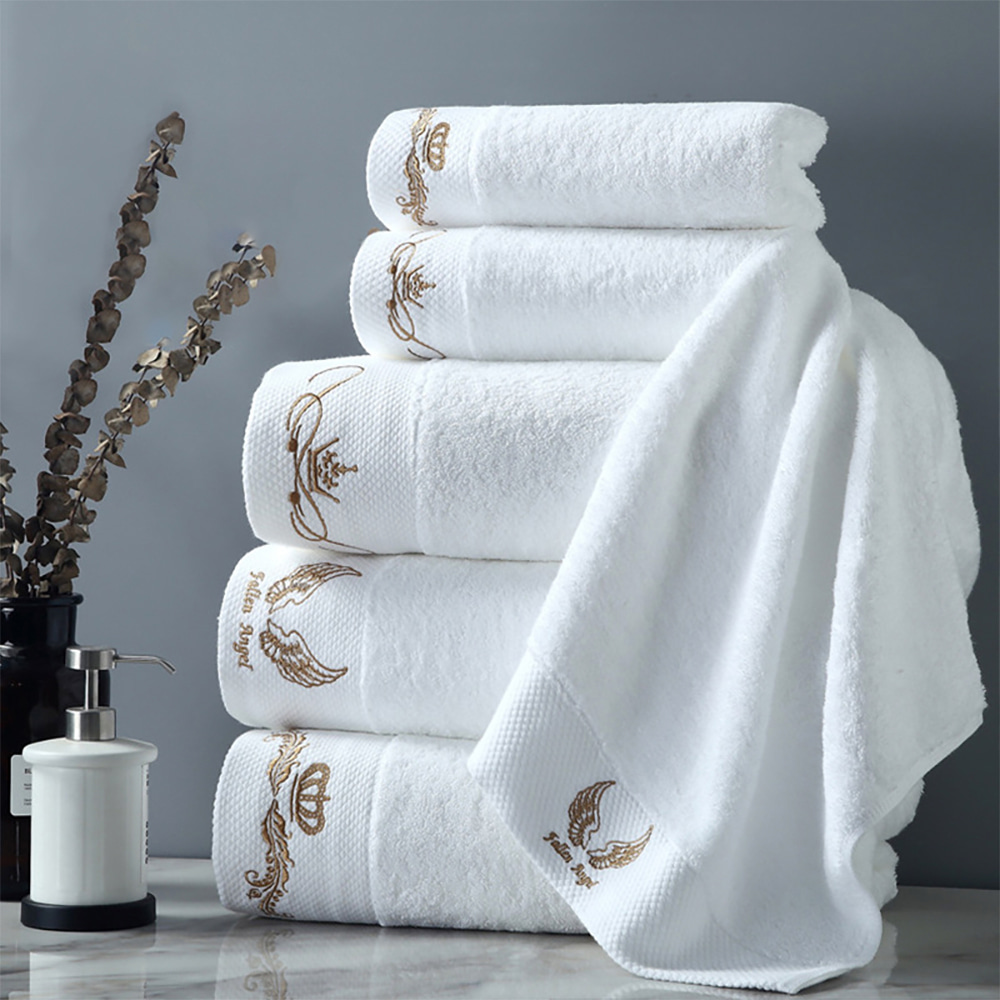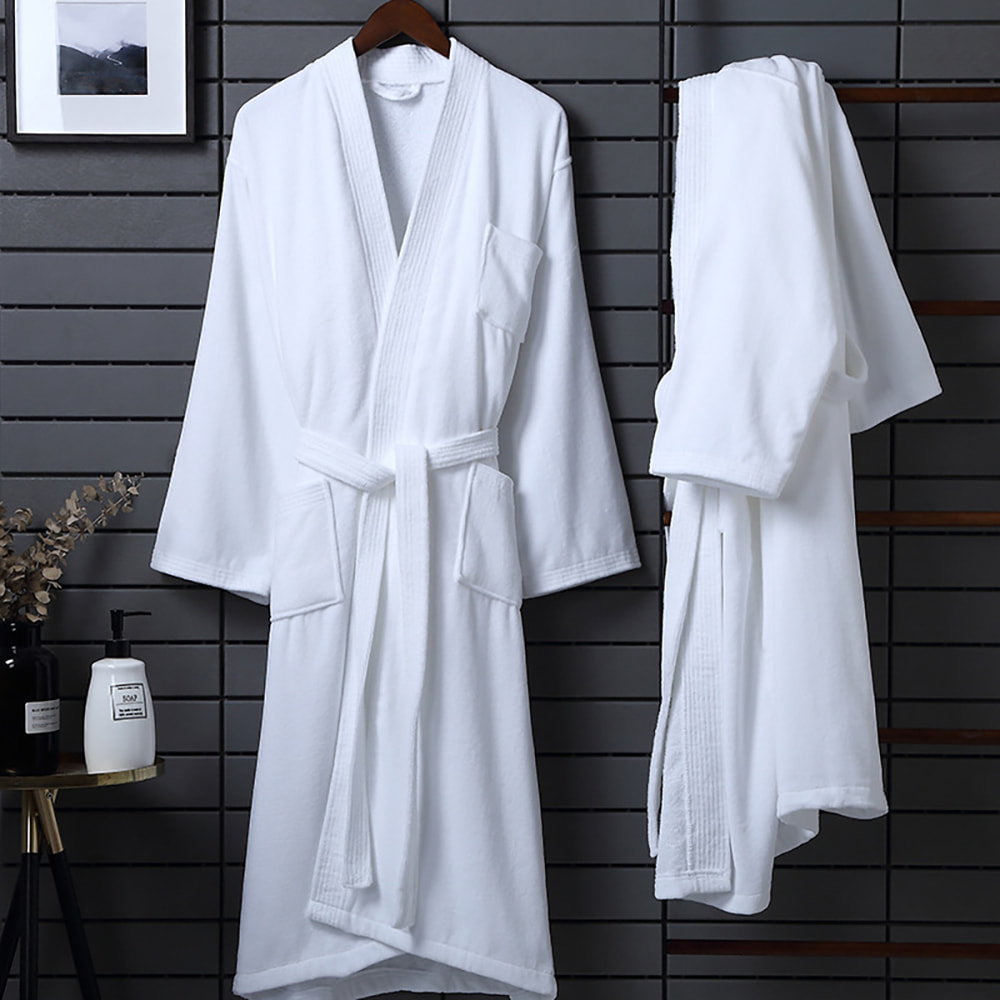1. Warmth performance
Fiber structure advantage: Flannel blankets use double-layer brushing technology (single or double sides), the fluff is tight and fine, forming an air insulation layer, reducing heat loss by more than 30%. In contrast, coral fleece has a larger gap between polyester fibers, so its warmth retention is weaker than flannel; wool blankets are warm but thick and have poor breathability.
Temperature adaptability: Flannel heats up quickly (2-3℃ after 30 seconds of contact), which is suitable for the transition season between autumn and winter and air-conditioned rooms, avoiding the overheating of wool blankets.
2. Touch comfort
Baby-level touch: The surface is treated with mechanical brushing, the fiber breaking strength is low, the touch is soft and comfortable, and it is suitable for sensitive skin and infants. Coral fleece is prone to static electricity and piercing the skin, and wool blankets may irritate the skin (especially untreated raw wool).
Breathable and moisture absorption: The moisture absorption rate of cotton-based flannel is 8%, and it is not sticky after absorbing sweat, which is better than the stuffy feeling of polyester coral fleece.
3. Flexibility of use scenarios
Lightweight and versatile: Flannel blankets are moderately heavy and can be used as sofa blankets, nap blankets, baby swaddles, and even travel blankets. Wool blankets are heavy and difficult to carry, and Raschel blankets are 2-3 times more expensive although they are light.
Suitability for all seasons: Used alone in spring and autumn, and used in combination in winter, while wool blankets are limited to late winter, and coral fleece is prone to stuffiness.


